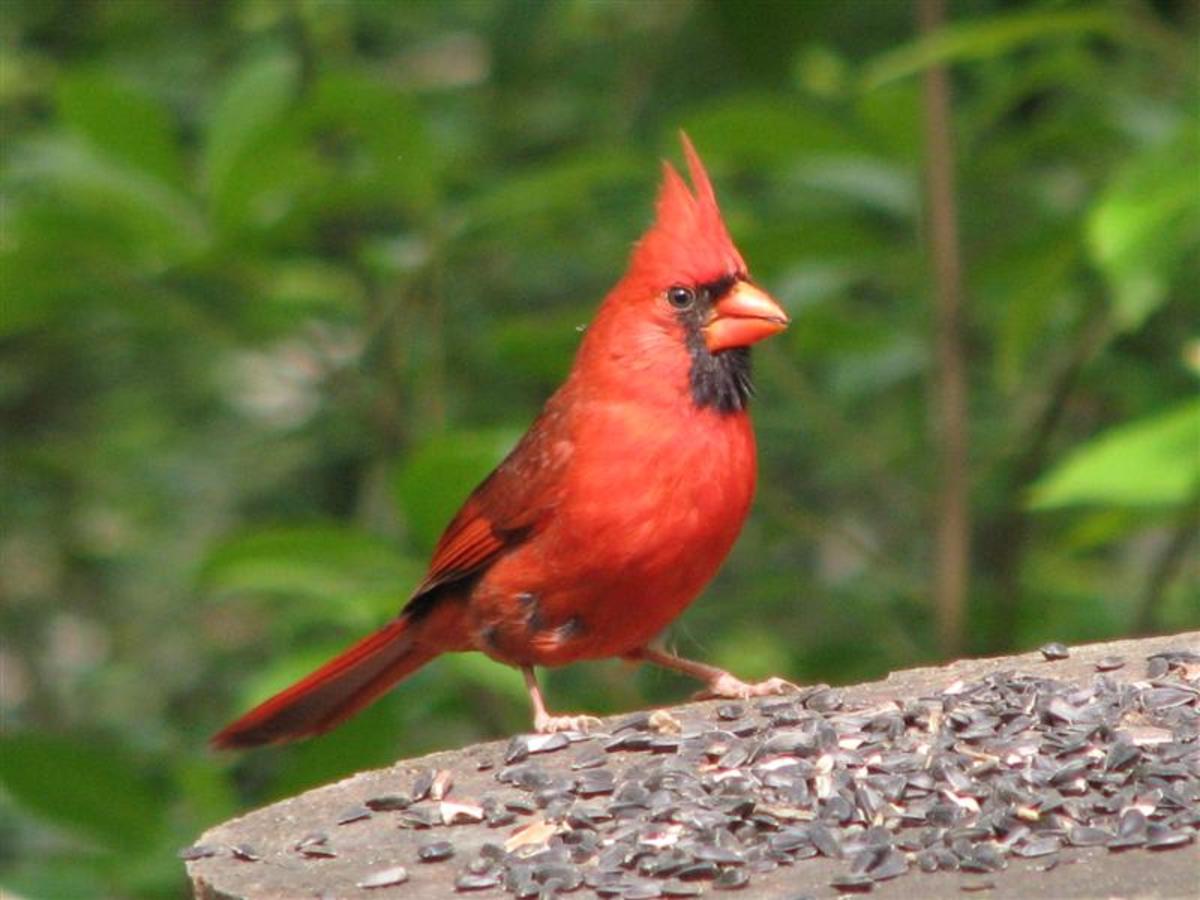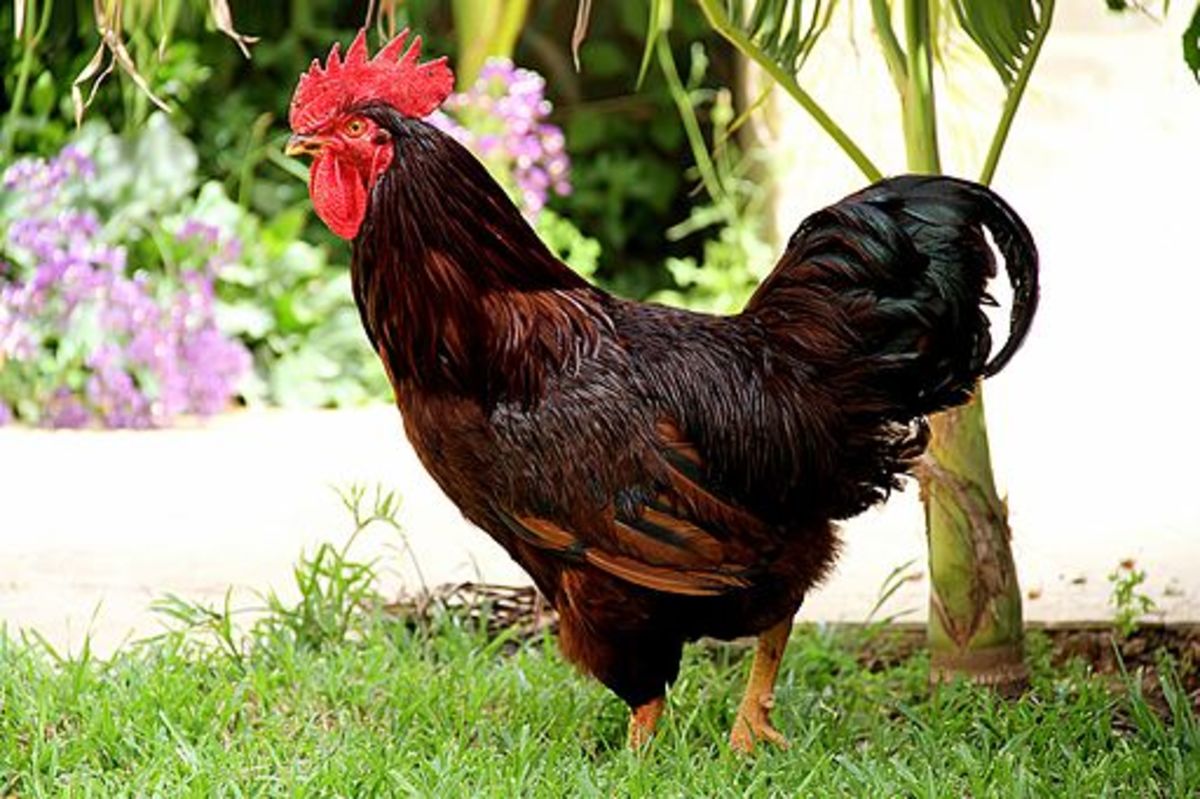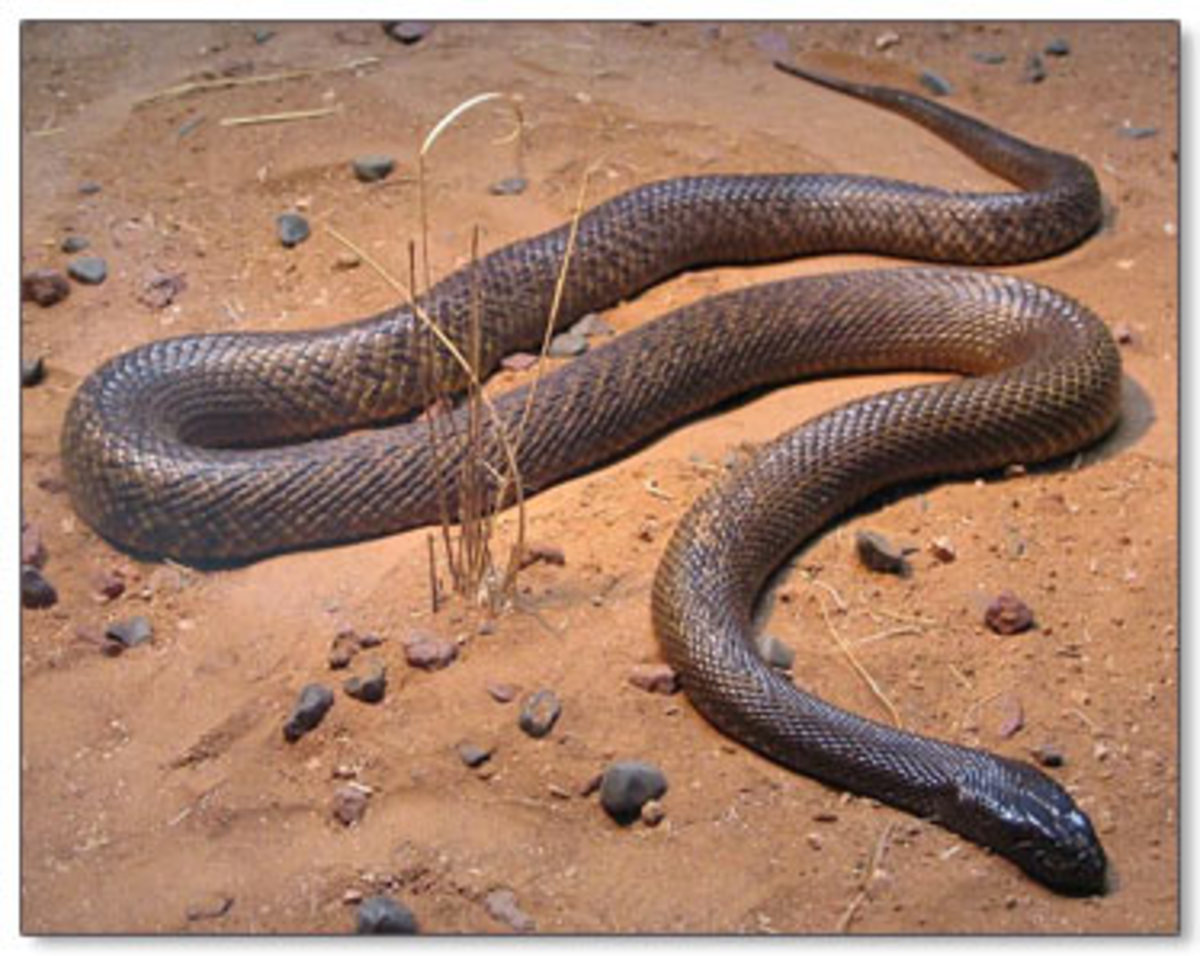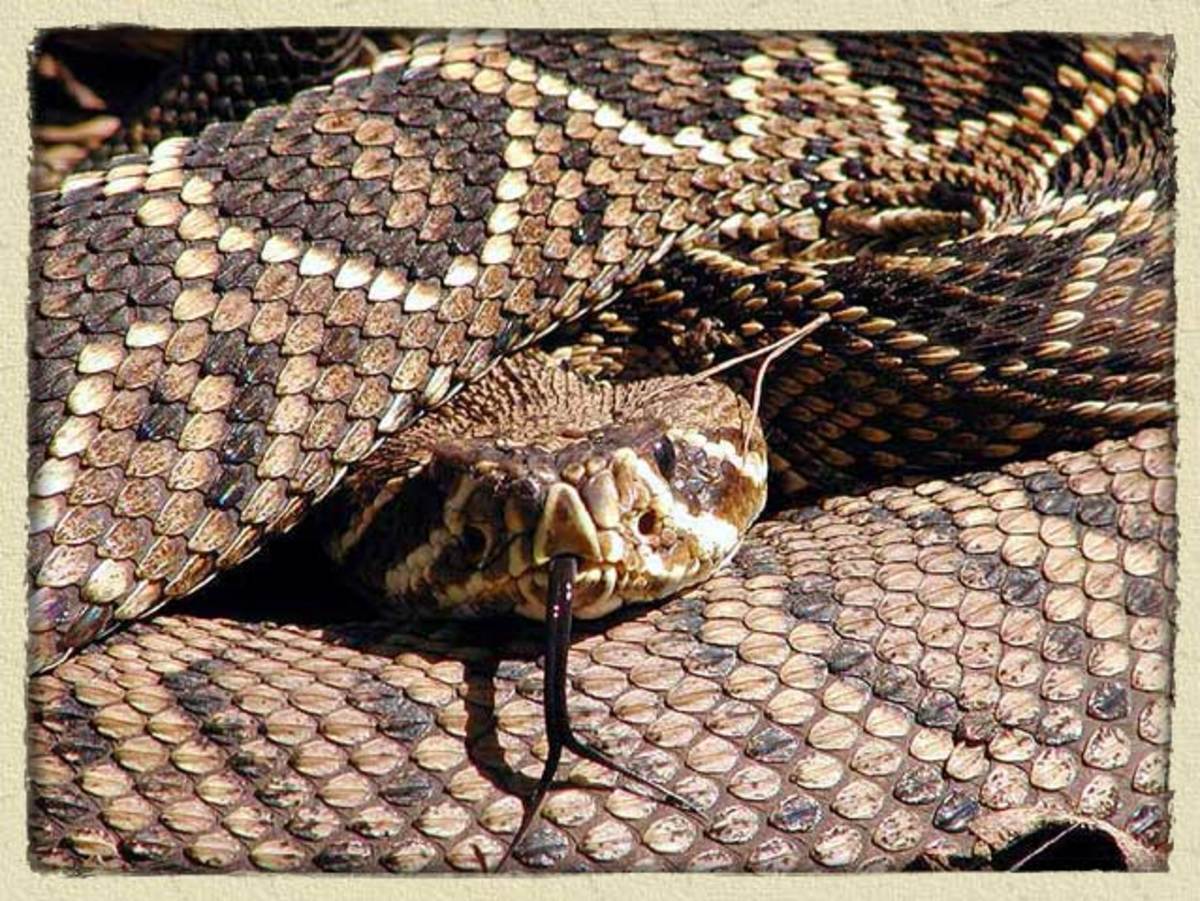Ball Python Breeding Attempts
For breeding attempts, males can be introduced into the female's cage or vice versa. It does not matter how the snakes are introduced, as long as the process you choose works for you and your snakes. During the breeding season, it may be best to breed your ball pythons on a paper product, such as newspaper, cage liners, or indented Kraft paper. Occasionally, a male may take in a piece of substrate when he retracts his hemipene. A paper substrate will reduce the risk of a foreign body being taken into the area where the hemipene is retracted. Such foreign objects can cause inflammation of the hemipene and can lead to an infection.
Courtship and Mating
One male can be used to breed up to five females. It is possible for them to breed more than five, but five is a realistic number to work with. Ball pythons will copulate for as long as 24 hours. Before copulation occurs, the male will court the female. He will often climb up on the female and begin to rub her with the lower third of his body. He will also rub the female with his spurs.
A receptive female will raise-her tail or allow the male to raise her tail and attempt copulation. Receptive females, whose follicles are beginning to develop, give off the appropriate pheromones that attract males and stimulate courtship. The raising of the tail precedes copulation. Copulation occurs while the tails of the two snakes are entwined. If the female is not interested, she will vigorously wag her tail and may even throw the male off when he attempts to copulate. When the female behaves in this manner, it is not the right time for her to breed, and you will need to separate the pair and try again in a few weeks.
Once copulation is complete, separate the snakes. The pair can be placed back together several times during the breeding season to ensure that at least one breeding was successful. Even though a male can breed numerous females, it may not always be advisable to stretch a male out to the maximum number of females that he can handle. Males that have been "overbred" can develop infections of the hemipene and surrounding tissue. Surgery is not always necessary, but there are times when it will be necessary to remove the infection from the tissue, and this is not an inexpensive surgery. Keep an eye on your male and remember, just because he can breed many females, doesn't mean he should.
Feeding During Breeding
Even though ball pythons experience cooler temperatures during the breeding season, they can still be fed on a regular basis. The size of the food item needs to be smaller due to the decrease in temperature. During this time, it is very important to keep an eye on your breeding male. Males can drop weight fairly quickly during the breeding season, and there have been instances where small males have bred themselves to death. Larger males may also develop difficulties; some drop too much weight and begin a downward spiral, refusing to eat and developing loose runny stools. Failure to quickly realize that your male is having a problem may result in his untimely demise. Males that begin this type of downward spiral need immediate attention. Remove them from your breeding program and offer them food. If they continue to refuse to eat after a few attempts, you may need to assist-feed them a small food item such as a fuzzy mouse.
Monitor the weight of your male carefully. A lot of emphasis is placed on the female and the amount of weight she needs to develop her follicles, but breeding also takes a toll on the male. Make sure your male is in good shape for the upcoming season. Males that have had difficulties during breeding season may take up to a year to fully recover.
- A Look at Ball Pythons
Ball pythons are fairly short, heavy-bodied snakes. Their average length is between 4 and 5 feet (1.2 and 1.5 m). They are muscular, with a well-defined, slender neck. The head is narrow at the nose and... - A Guide to Ball Python Breeding
Breeding your ball python opens up an entire new world of experiences and challenges from a successful breeding to the excitement of your first clutch of eggs and then on to seeing the noses of hatchlings...








